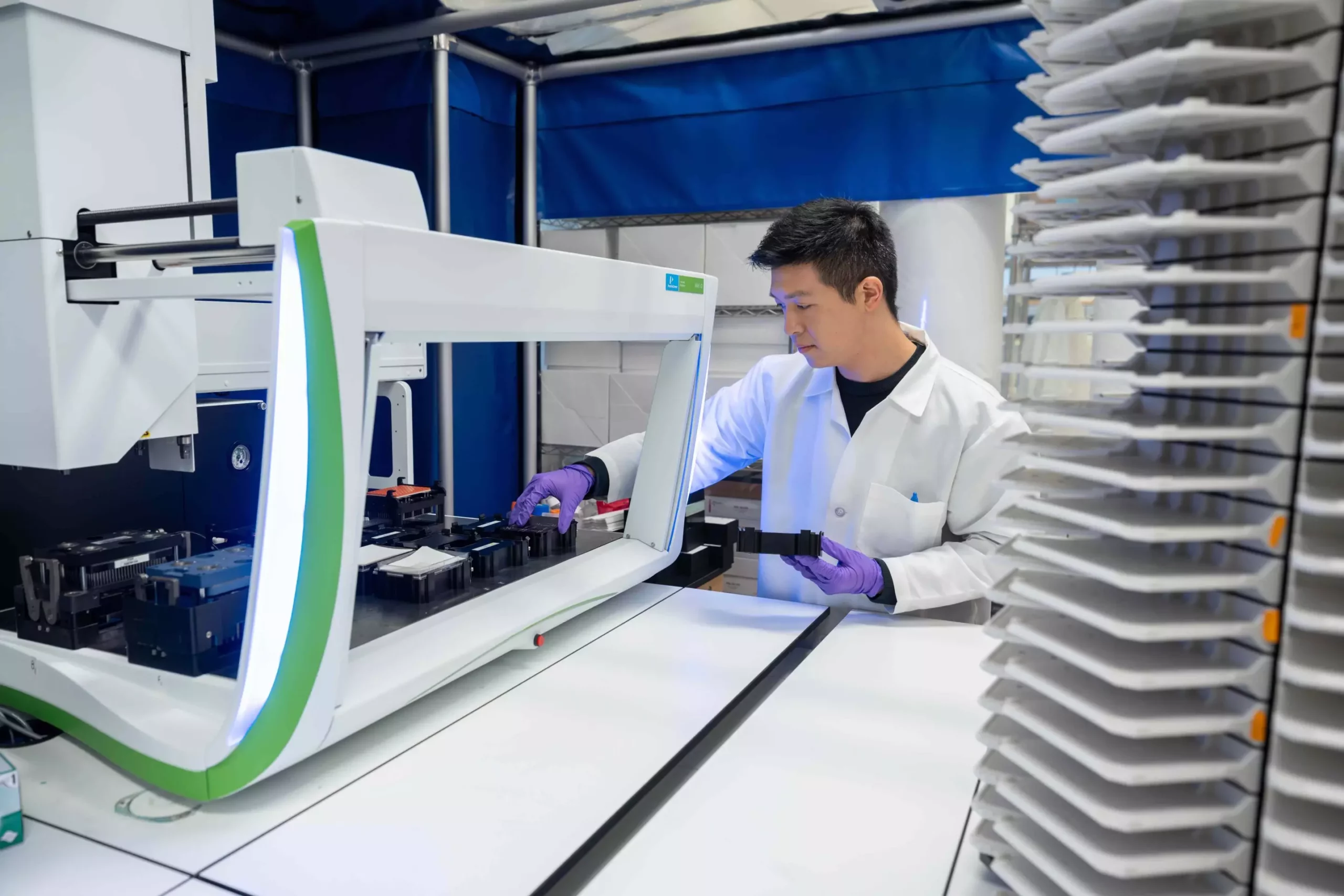The field of vaccine design and immunotherapy has been revolutionized by the discovery of small molecules called immunomodulators. These molecules have the potential to enhance immune response and create more effective vaccines and treatments for diseases like cancer. However, the challenge lies in identifying the right molecules from a vast chemical space consisting of an estimated 1060 drug-like small molecules, which is even higher than the number of stars in the visible universe. In a groundbreaking study, researchers from the Pritzker School of Molecular Engineering (PME) at The University of Chicago have used machine learning to guide the discovery of new immune pathway-enhancing molecules, uncovering one molecule that surpasses the performance of existing immunomodulators on the market.
Machine learning, a branch of artificial intelligence, played a pivotal role in the research, enabling the exploration of the massive chemical space. While machine learning has been widely used in the field of drug design, it has not been previously employed in this manner for immunomodulator discovery. By leveraging this powerful tool, the researchers were able to identify molecules with record-level performance that were beyond human suggestion. This breakthrough demonstrates the transferability of tools across different scientific fields and paves the way for new approaches to vaccine design and immunotherapy.
Immunomodulators work by altering the signaling activity of innate immune pathways in the body. Two crucial pathways involved in immune response are the NF-κB pathway, which plays a role in inflammation and immune activation, and the IRF pathway, which is essential in antiviral defense. In earlier research, the PME team conducted a high-throughput screening to examine 40,000 combinations of molecules and their effects on these pathways. The top candidates were then tested with adjuvants, which are ingredients that enhance the immune response in vaccines. These molecules demonstrated increased antibody response and reduced inflammation.
The Role of Machine Learning in Candidate Selection
To identify additional candidates, the researchers combined the results of their previous experiments with a library of nearly 140,000 commercially available small molecules. They utilized a machine learning technique called active learning, which combines exploration and exploitation, to efficiently navigate the screening process. The approach learned from previously collected data and identified potential high-performing molecules for experimental testing, while also highlighting under-explored areas that could contain valuable candidates. The iterative process involved the model suggesting candidates or indicating the need for additional information, followed by high-throughput analysis conducted by the team. After four cycles and sampling just 2% of the library, the researchers discovered high-performing small molecules that were previously unknown.
Uncovering Promising Candidates and Generalists
The top-performing candidates exhibited impressive improvements in NF-κB and IRF activity, with some molecules achieving a 110% increase in NF-κB activity and an 83% elevation in IRF activity. Additionally, one molecule induced a three-fold enhancement of IFN-β production when combined with a STING agonist. STING agonists are known to promote stronger immune responses within tumors, offering promising prospects for cancer treatment. This molecule outperformed the best existing molecules by 20%, addressing the challenges of insufficient immune activity in tumors and off-target effects.
The study also revealed the presence of “generalists,” which are immunomodulators capable of modifying pathways when co-delivered with agonists, chemicals that elicit a biological response from cellular receptors. These generalists have the potential for broader applications across various vaccines, making them easier to bring to market. This discovery opens up the possibility of a single molecule playing a multifaceted role in vaccine development.
Advancing Design through Chemical Feature Analysis
To gain a better understanding of the machine-learning-identified molecules, the research team analyzed their common chemical features, which contributed to their desirable behaviors. This knowledge enables the researchers to focus on molecules with similar characteristics or design new molecules with specific chemical groups. The team plans to continue this search for immunomodulators and hopes to collaborate with others in the field by sharing datasets to accelerate the process further. Their future goals include screening molecules for specific immune activities, such as activating certain T-cells, and achieving better control of the immune response overall.
The field of vaccine design and immunotherapy has been significantly advanced through the integration of machine learning in the discovery of immunomodulators. The use of artificial intelligence methods in navigating the vast chemical space has allowed researchers to uncover high-performing small molecules that were previously unknown. This novel approach offers the potential to revolutionize vaccine development and enhance immunotherapies for various diseases. With continued research and collaboration, scientists aim to discover molecules that can effectively treat diseases and ultimately improve global health outcomes.


Leave a Reply